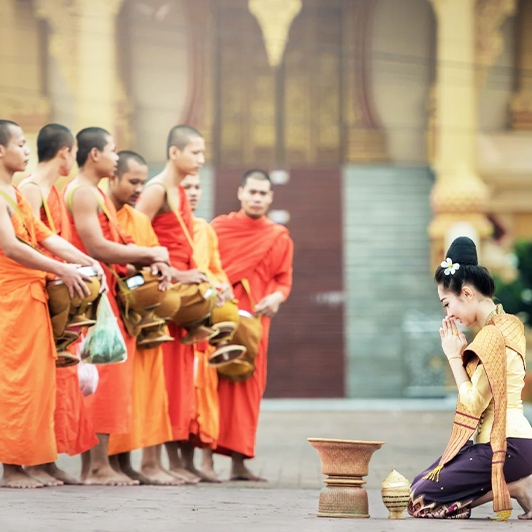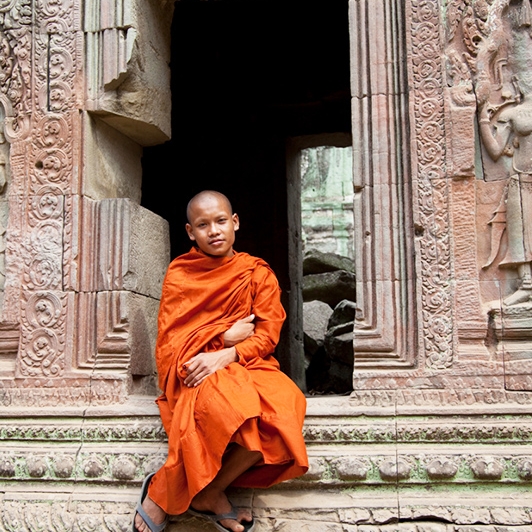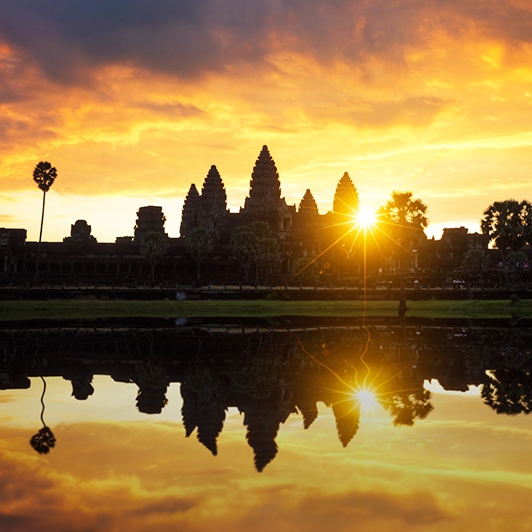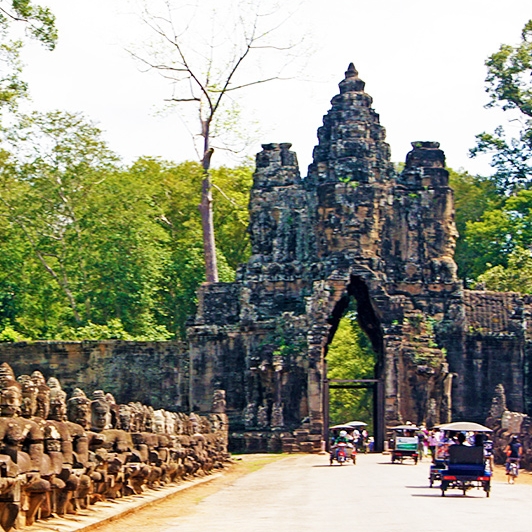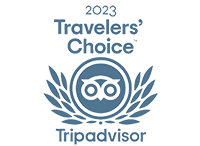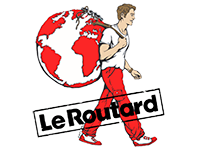Cambodia Travel Guide
Cambodia, situated in Southeast Asia on the Indochina Peninsula, holds a rich history dating back to the first millennium with the emergence of the Funan Kingdom, influenced by Indian culture.
With a land area of 181,035 km2, Cambodia shares borders with Thailand, Laos, and Vietnam, and boasts a 443 km coastline along the Gulf of Thailand.
This country attracts tourists worldwide with its magnificent ancient sites like Angkor Wat and Angkor Thom, picturesque landscapes encompassing Tonle Sap Lake and the Mekong River, as well as serene beaches and islands such as Sihanoukville and Koh Rong. Nature enthusiasts and history buffs find Cambodia truly captivating.
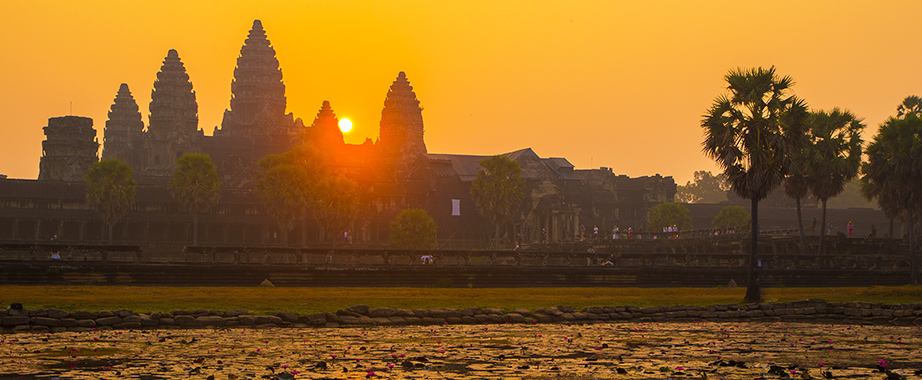
What to prepare to travel to Cambodia?
| Things to know before visiting Cambodia | |
|---|---|
| All Cambodia Travel Tips, Best time to visit Cambodia | Cambodia Map |
| Cost of traveling to Cambodia | Currency in Cambodia |
| Travel bank card Cambodia | |
| Tipping culture in Cambodia | |
| Travel insurance Cambodia | |
| Cambodia Time Zone | |
| What are the different types of travel to Cambodia? | |
| Baby-Friendly Travel in Cambodia | |
| What documents are needed for travel to Cambodia? | |
| Can I travel without a return flight to Cambodia? | |
| Visa Cambodia | Visa on arrival, Apply Cambodia E-visa, Visa exemption,... |
| How To Handle Tour Cancellation In Cambodia? | |
| How can I stay healthy in Cambodia? | |
| Vaccines for Cambodia travel | |
| Transport in Cambodia | |
| How do I move around in Cambodia? | |
| Can I drive in Cambodia as a tourist? | |
| Cambodia travel necessary item | |
| Cambodia Travel Packing Checklist | Electric plug Cambodia |
| Travel clothes in Cambodia | How to dress in Cambodia? |
| Luggage | Cambodia checked baggage |
| Cambodia backpack travel | |
The Khmer culture, customs, and language have deep roots in the era of the Khmer Kingdom, founded by Jayavarman II in the late 9th century, and flourished during the time of Angkor, marked by impressive constructions and advancements in various fields. However, internal conflicts and colonial invasions weakened the kingdom in later centuries.
Under French colonial rule from the early 19th century, Cambodia's quest for independence persisted until November 9th, 1953, when France granted Cambodia its independence, partly due to King Sihanouk's leadership.
Today, Cambodia stands as a nation with a remarkable history and vibrant allure, welcoming travelers to explore its fascinating past and captivating landscapes.
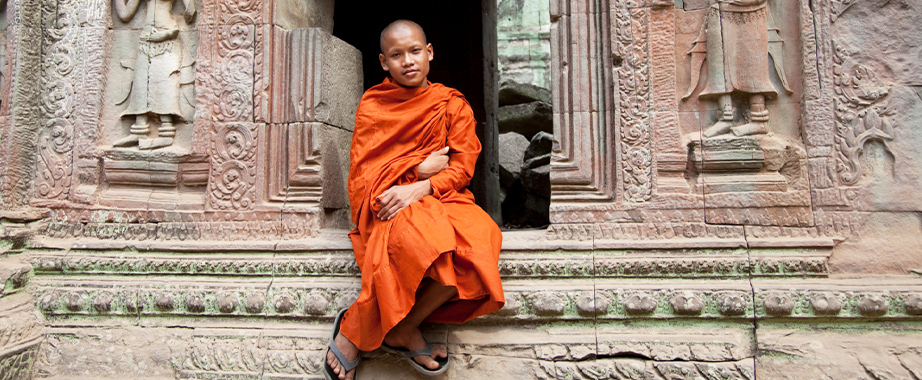
Culture
Cambodia's culture is deeply influenced by Hinduism and Buddhism from India, shaping every aspect of its way of life. Buddhism is embraced by about 80% of the population, playing a significant role in the country's cultural identity, development, and prosperity. Tourists are drawn to Cambodia's diverse culture enriched by influences from various nations.
The Khmer Kingdom's architecture, influenced by Buddhism and Hinduism, boasts impressive structures made of wood, bamboo, straw, and stone. Stone buildings, including temples, walls, and roads, stand as enduring testaments to their historical legacy.
Cambodia's festivals celebrate Buddhism through dances and songs. Hindu festivals showcase rich art performances like the traditional "Pin Peat," featuring bamboo, wood, and percussion instruments. Ancient dances honoring Hindu deities and court dances inspired by the legendary "Apsara" character add to the country's diverse cultural tapestry. With numerous ethnic groups, each with unique dance traditions, Cambodia offers visitors unforgettable cultural celebrations and artistic experiences.
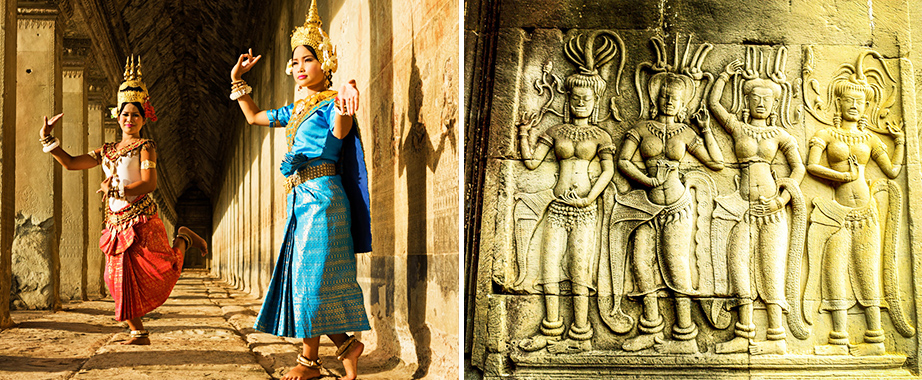
The best time to travel in Cambodia
How to get to Cambodia?
For scenic and affordable travel, an express boat from Chau Doc to Phnom Penh takes 5 hours.
Traveling by road takes longer: 12 hours from Ho Chi Minh City to Siem Reap and 6 hours to Phnom Penh.
In Cambodia, buses are popular for domestic travel, while walking and renting bikes (around 6 USD per day) are convenient in cities. Tuk-tuks provide a unique and memorable experience.
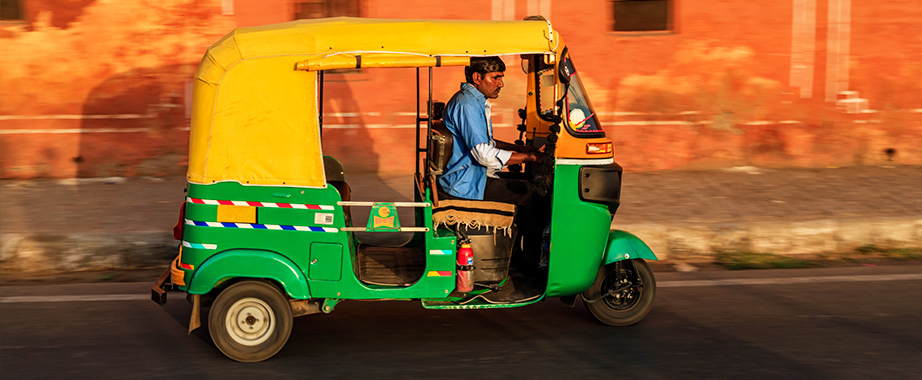
Cambodia Currency
- In fact, the dollar is popular there and you should prepare more small USD for convenience. You can also use Riel (called Ria) with the rate is approximately 1 USD = 4100 riels. If you travel by road, you should exchange at the border gate and remember that don't change money from USD to Riel, the exchange rate will be lower. And you can also use Vietnamese Dong in some places.
Cambodia Travel Tips
- Cambodia places great importance on religious culture, so it's crucial to wear appropriate clothing, especially when visiting places of worship like temples and pagodas. Remember to remove hats and shoes before entering the temple and avoid standing too close to or touching monks.
- As a shopping paradise with markets offering handicrafts and souvenirs, be aware that some shops may overprice items. Don't hesitate to browse and bargain for a better deal.
- Respect Cambodian customs by refraining from rubbing a child's head, as it is considered a sacred part of the body. When interacting with locals, maintain a happy and friendly attitude, as it will enhance your travel experience.
Filter Articles
Most read
Top Cambodia Destinations
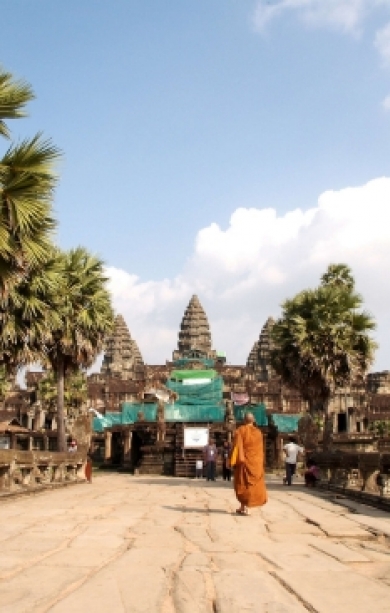
Siem Reap

Phnom Penh
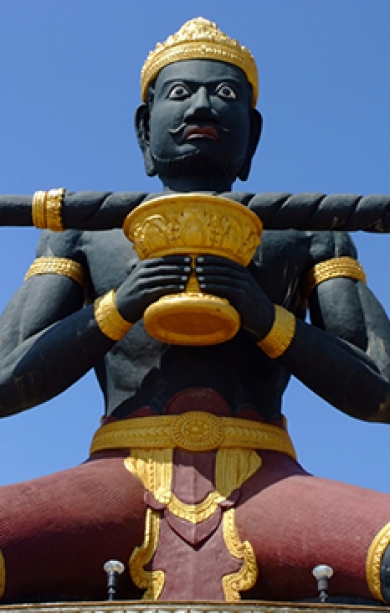
Battambang
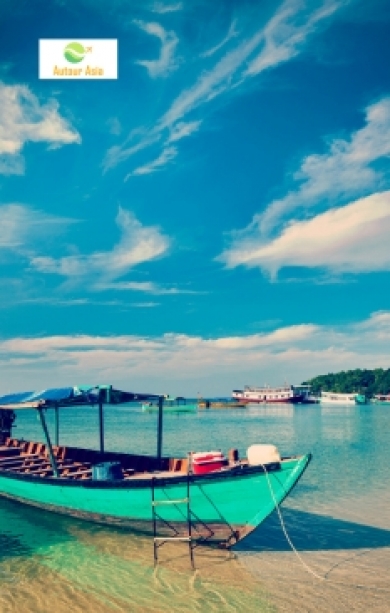
Sihanoukville
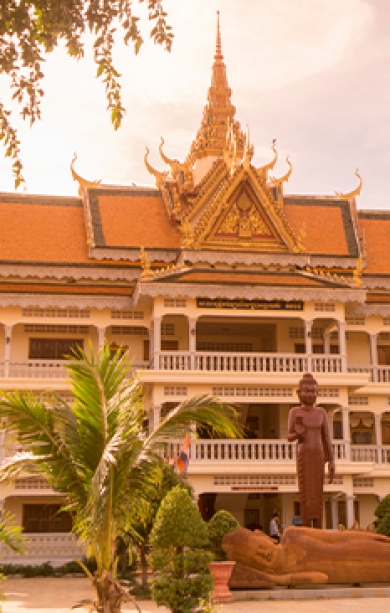
Kampong Thom
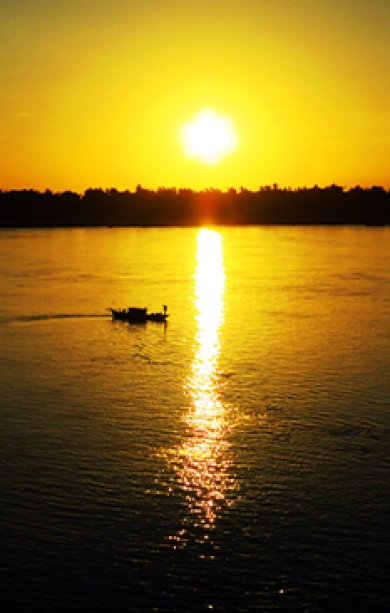
Kratie
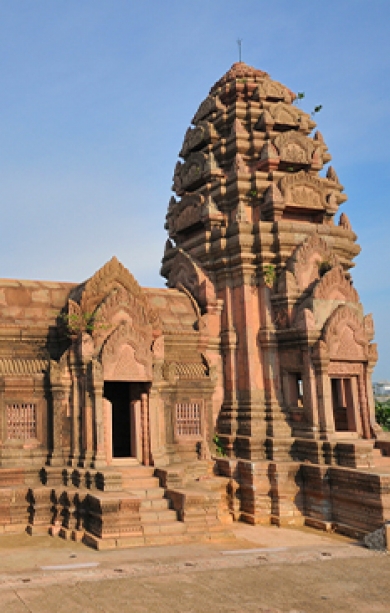
Preah Vihear
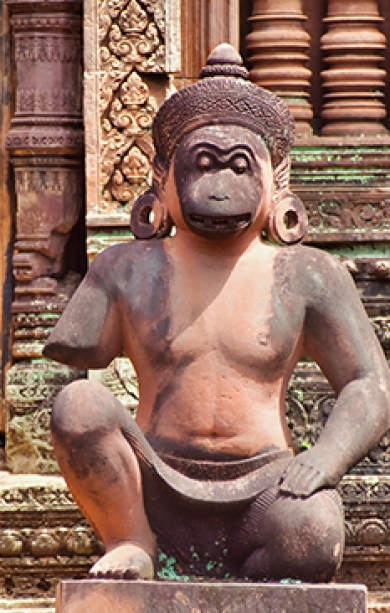
Banteay Meanchey
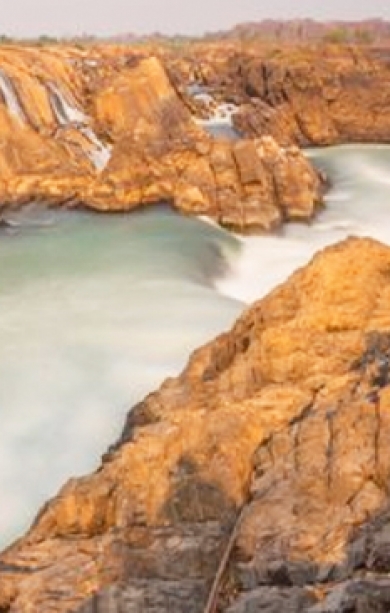
Stung Treng
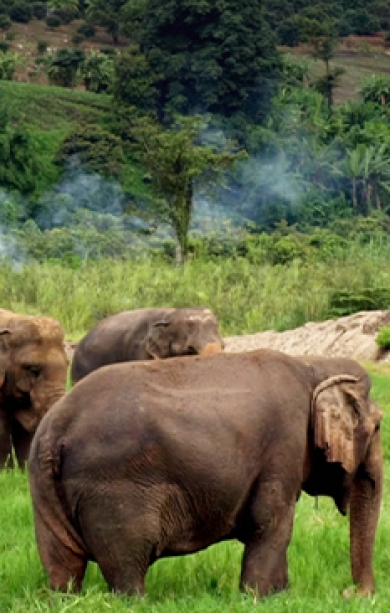
Mondulkiri
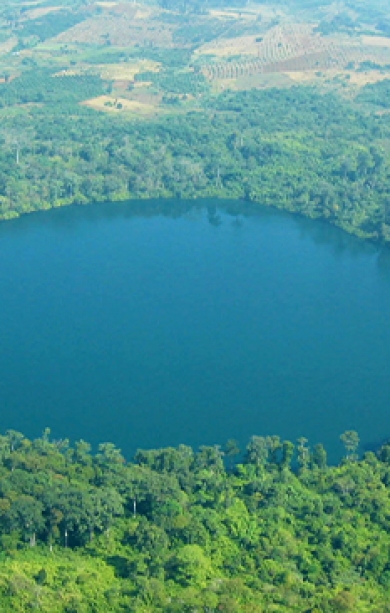
Rattanakiri
Recommended Cambodia Itineraries
Adventure Cambodia Tours Itinerary 2 weeks 14 Days 13 Nights
0.0
No reviews | 100 reviews
Authentic Cambodia Itinerary Tour 15 Days 14 Nights
0.0
No reviews | 100 reviews
Cambodia Cultural Heritage Venture Tour 10 Days 9 Nights
0.0
No reviews | 100 reviews
Hidden Marvels of Cambodia Tour itinerary 9 Days 8 Nights
0.0
No reviews | 100 reviews
Autour Asia is highly recommended on
Embracing the mission of "Satisfied more than expected" and providing authentic experiences, we have received numerous recommendations on reputable travel forums:







